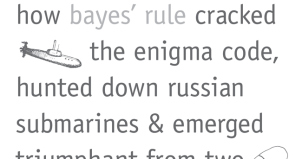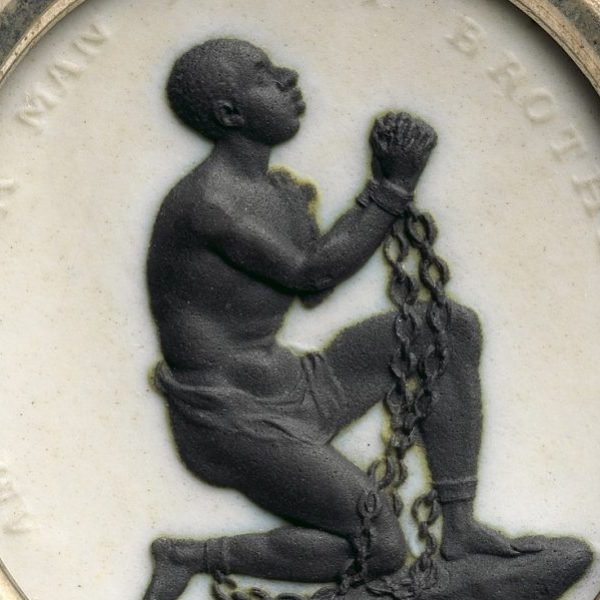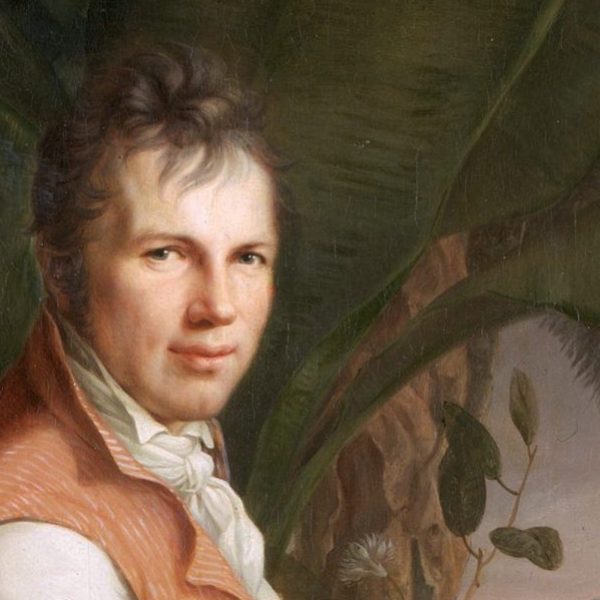The Nine Lives of Bayes’ Rule
While a staple in modern-day statistics classes, Bayes’ rule, as immortalized in our statistics textbooks, has been killed and revived several times. Although public opinion on this theory has waxed and waned dramatically, was Bayes’ rule ever fully dismissed? Sharon Bertsch McGrayne in her book, The Theory That Would Not Die: How Bayes’ Rule Cracked the Enigma Code, Hunted Down Russian Submarines & Emerged Triumphant from Two Centuries of Controversy,traces the turbulent history of a statistical theory that revolutionized mathematical thinking and changed the course of history. While such a description may seem grand and exaggerated, Michael Washburn from The Boston Globe points out, “Bayes’s rule doesn’t spark innovation; it solves problems,” and the title itself reveals just a few of the instances when the theory managed to solve important “real-world” problems.
 The famous theorem is named after Presbyterian Reverend Thomas Bayes (1701-1761), who first conceived its foundational premise in his only mathematical paper, “An Essay towards solving a Problem in the Doctrine of Chances.” Although the theorem is named after Bayes alone, it is really a product of multiple individuals’ efforts to refine and promote it. Bayes never published this work and it gathered dust, buried under a mass of other papers until his death. His work was not publicly introduced until after his death when mathematics colleague Richard Price edited and presented Bayes’ paper to the Royal Society. Price was also the first to find a use for Bayes’ theorem and Pierre Simon Laplace (who is famous for another statistics discovery, the Central Limit Theorem, and promoted the study of probability-based statistics) codified the formula that is taught today:[P (C|E) = P (E|C) Pprior (C) / ∑ P (E|C’) Pprior (C’)]. Unfortunately, both Price and Laplace remain unsung heroes in the development of Bayes’ rule.
The famous theorem is named after Presbyterian Reverend Thomas Bayes (1701-1761), who first conceived its foundational premise in his only mathematical paper, “An Essay towards solving a Problem in the Doctrine of Chances.” Although the theorem is named after Bayes alone, it is really a product of multiple individuals’ efforts to refine and promote it. Bayes never published this work and it gathered dust, buried under a mass of other papers until his death. His work was not publicly introduced until after his death when mathematics colleague Richard Price edited and presented Bayes’ paper to the Royal Society. Price was also the first to find a use for Bayes’ theorem and Pierre Simon Laplace (who is famous for another statistics discovery, the Central Limit Theorem, and promoted the study of probability-based statistics) codified the formula that is taught today:[P (C|E) = P (E|C) Pprior (C) / ∑ P (E|C’) Pprior (C’)]. Unfortunately, both Price and Laplace remain unsung heroes in the development of Bayes’ rule.
What was so radical about Bayes’ proposal on probability was the notion that one hypothesized chance based on a prior belief. Contrary to frequentists—those who based their hypotheses only after observing the occurrences of an event—Bayesians (who, it should be noted, were never referred to as such until the 1950s) calculate the probability of an event starting with a prior belief that is subject to change based on the occurrence of events, that is to say, upon obtaining new information. As bloggers from Statistics Forum and Significance Magazine point out, Bayesian reasoning is as much a philosophy as it is an approach to probability, which explains the heated nature of debates about it. This notion of a prior belief affected the non-mathematical world at large because Price’s application of Bayes’ rule could prove the existence of God, while Laplace’s work contradicted that claim. Over time, the debate around Bayes’ rule represented an erroneous, subjective approach to finding objective probability rates, and the theory symbolized how religion’s role in the scientific study of physical phenomena was gradually phased out.
The Bayesian approach to probability was slammed by critics, such as mathematician George Crystal in his own obituary of Laplace’s, and Bayesian thinking underwent back to back periods of revival and dormancy, but only in the public eye, for Bayesian thought was applied in a variety of closed sectors. Between the 1880s and the Second World War, for example, French and Russian artillery officers fired their weapons according to the Bayesian thinking that Joseph Louis François Bertrand adapted for artillery field officers. Bayesian probability also managed to save the Bell telephone system in the early 20th century when engineer Edward C. Molina used Laplace’s formula to streamline the overexpanded telephone company; but for a long time its successor company AT&T had kept Molina’s work under wraps, regarding his Bayesian strategy as proprietary secrets.
While Laplace helped popularize the study of probability-based statistics, the Second World War proved that statistics as a whole is vital for government institutions such as the Government Code and Cypher School (GC&CS). Both in its government and education system, Britain considered applied mathematics and statistics to be irrelevant to solving practical problems. Unlike France with the École Polytechnique or the United States with MIT, Britain had no top-tier engineering and mathematics school to train students. Upon realizing through Polish statisticians that decoding the German secrets was a mathematicians’ game, Britain discovered that all of its top mathematicians were sent off to war. What’s more, the government realized that it had no statistical data to figure out how to supply to the military with uniforms or to increase food and timber supplies in preparation for war. As a result, biologists, physicists and pure mathematicians were put to the task of providing wartime data. Because few of these scientists and mathematicians actually knew about the supposed “unscientific” nature of Bayes’ rule, these scientists and mathematicians analyzed data with Bayesian approaches, which helped the country better arm itself during the war. What’s more, one of the GC&CS members Alan Mathison Turing would go on to father the modern Bayesian revival and the computer! Although the war was a catastrophically tragic event, it cannot be denied that its effect on the relevance of statistics was great and long-lasting.
Although the subject matter may appear esoteric for non-statisticians, the history of Bayes’ rule and its role in history may appeal to those more inclined to the humanities than quantitative reasoning, for the application of this theory goes far beyond what the already descriptive title claims. At last, that required AP Statistics course or college-level class that you may have struggled to get through now seems more relevant! McGrayne humanizes the actors in this thrilling mathematical drama with accessible, illuminating, profiles of these individuals with a touch of dry humor. Just as the Enlightenment followed the Renaissance, Bayes’ rebirth and groundbreaking role in 20th-century may have only laid the foundations of its greater role in our future.
For auditory learners interested in the history of Bayes’ rule, watch author Sharon Bertsch McGrayne give a lecture on her book. She is the author of numerous books, including Nobel Prize Women in Science: Their Lives, Struggles, and Momentous Discoveries and Prometheans in the Lab: Chemistry and the Making of the Modern World.




